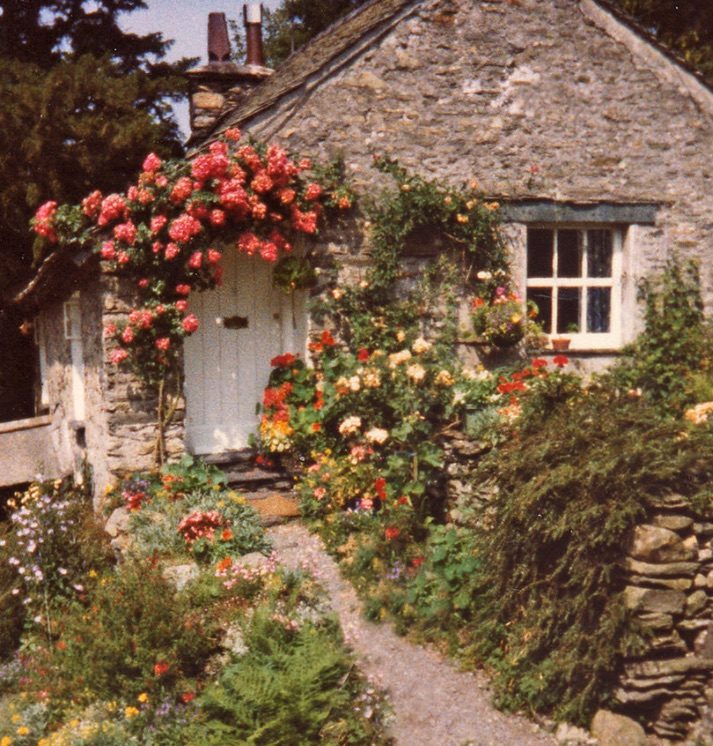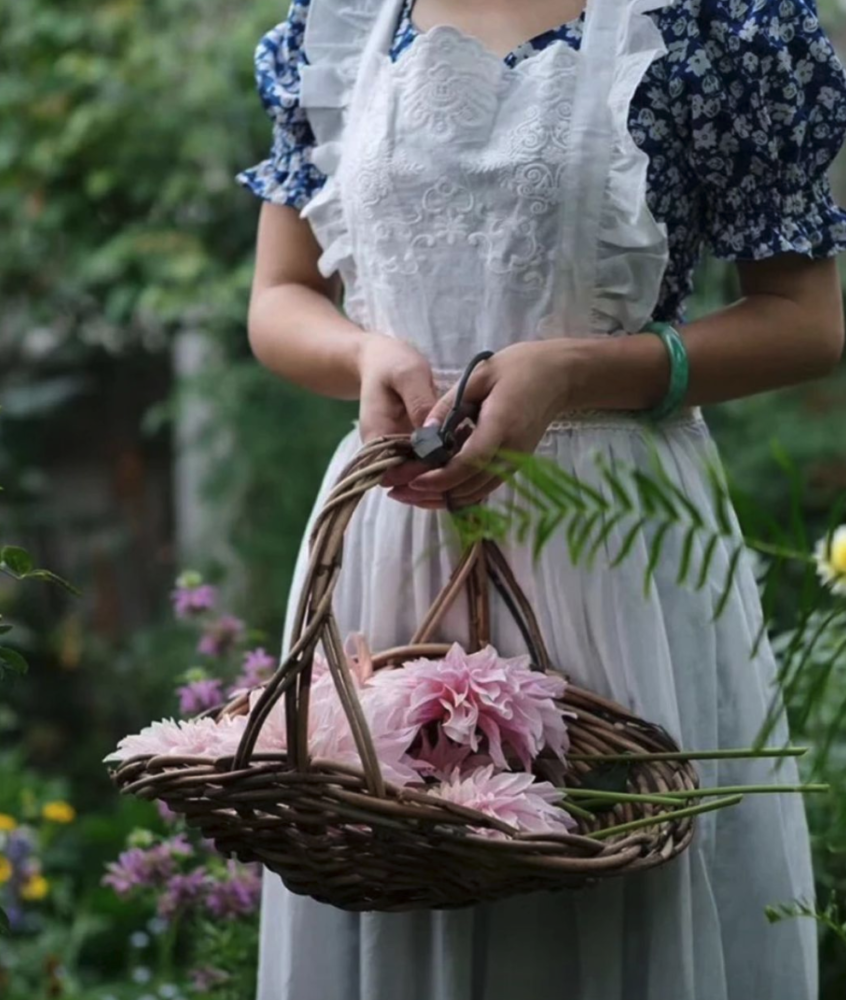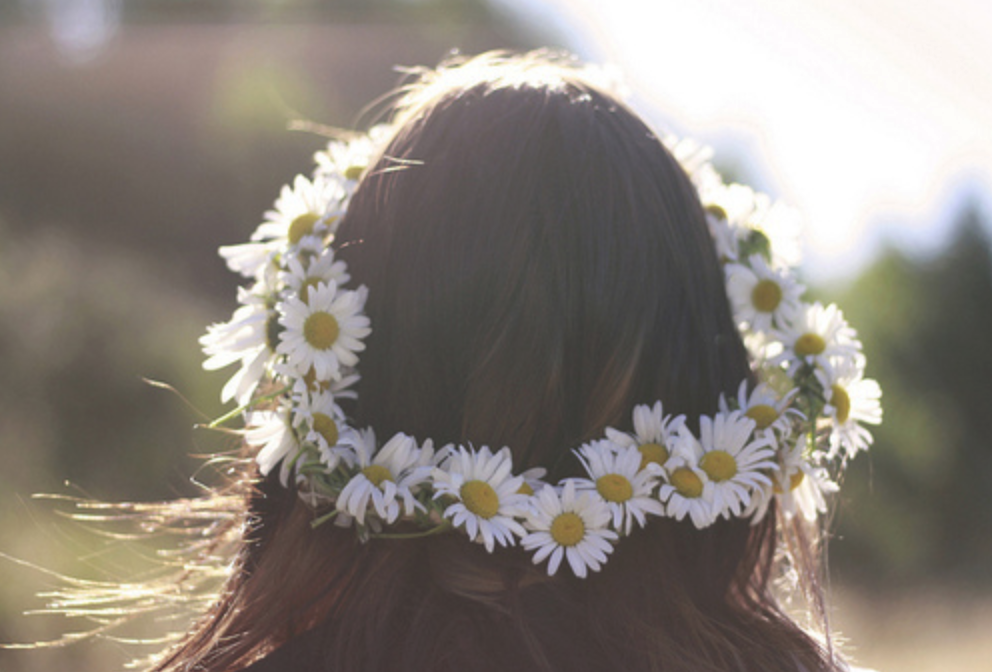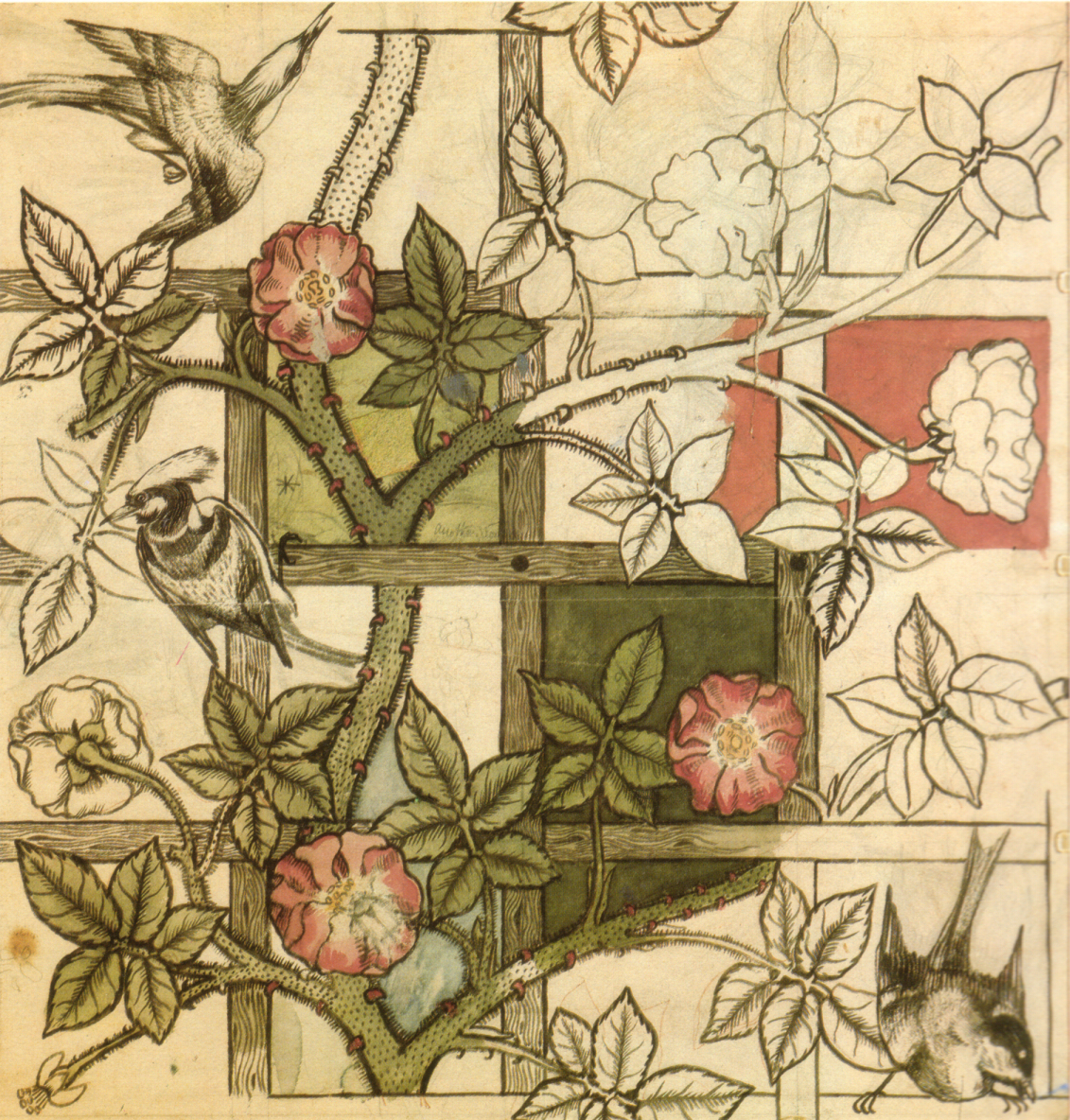What is cottagecore?
Cottagecore is a recently popularized aesthetic which romanticizes western agricultural life, skills, and crafts. At the root, the aesthetic is centralized around living harmoniously with nature and indulging only in simple pleasures. Typically, cottagecore aesthetics include areas such as open fields, woods, gardens, and farms; however, even in locations not grounded in nature, aspects of the aesthetic can be found in lifestyle choices and belongings.

As an aesthetic, cottagecore was seen as early as 2017 on sites like Tumblr, but the term was popularized in the Spring of 2019 through social media platforms TikTok and Instagram. However, with the rise of the COVID-19 pandemic, and around the time of the initial lock-downs in the united states, rates for the search of cottagecore started to steadily increase. But, in the late Fall of 2020, there was a significant rise in interest in cottagecore. Perhaps as the days got shorter, the temperatures got colder, and the pandemic got worse people sought a different reality that embraces love and peace. Maybe, people desired to be released from our society’s systematic ties with status and wealth. Certainly, this sense of escapism from modern ailments is an alluring force the drives the cottagecore aesthetic.
Visuals
As mentioned before, cottagecore’s foundations revolve around nature and its beauty. Thus, visuals for this aesthetic include natural landscaping, plants, and flowers. Often, surrounding nature is brought indoors to enjoy, such freshly cut flowers in a vase or pressed petals. The cottagecore aesthetic embodies the feminine elements of nature even though gardening and farming tasks are not dainty and are very labor-intensive. Whatsoever, the fashion associated with cottagecore is typically long and flowy dresses or skirts with layers. Lace, delicate patterns, and embroidery are also seen in cottagecore. Colors for apparel are usually neutral or pastel colors that can be found in nature (like baby blues, blush pinks, and olive greens) and can appear faded.

Activities

Activities from cottagecore include crafting, walking, gardening, and picking flowers and fruit. Most, if not all, activities are located near the residence, and even craft materials are sourced from the surrounding area. For example, some crafts are baskets made off twigs, daisy chain crowns, and birdhouses. Sewing, embroidery, crocheting, knitting, and painting are other crafts that can become works of art. Also, other activities which include writing poetry, reading, having picnics, and cooking have become a part of the cottagecore aesthetic. In fact, cooks and bakers are sharing videos and recipies for cottagecore pies, bread, and other food.
Sources:
Featured Image | Image 1 | Image 3 | Image 3


4 Comments. Leave new
Hi Amanda, I liked this post a lot and found it super educational. I had heard the term for the first time over the summer via one of those Instagram filters that change based on the person using it (supposedly). I never knew what it meant so it’s interesting to finally put some context to the phrase. It seems like the attraction to the aesthetic is almost a regression in society and technology. Like people are wanting to go back to an era where people were much more secluded from each other just due to a lack of electronics. It gives me major Little House on the Prairie vibes, especially with the clothing and manual labor aesthetic. Back in the 1800s when this lifestyle was how most common for people who lived outside of larger cities lived, what would it really be like today with the introduction of so much new technology? Would the people living this cottagecore lifestyle today be as removed from the rest of society as one would have been back in the day?
Valerie, thank you for your comment. I agree that people are trying to regress from technology and societal expectations but I think they are trying to create a more communal lifestyle surrounded by others who share similar values. With new technology, this could be more focused on lifestyle instead of survival. I don’t think this is cheating but people would be using technology in a responsible manner. I don’t think people would be as removed from the rest of society as they would have once been however it would be the feel of a small community with the benefit of access to urban amenities.
Hi Amanda
This was a very interesting read – I especially enjoyed the relationship between the rise of COVID-19 pandemic and cottagecore. I know a lot of people, myself included, who were mentally effected by the seemingly overwhelming amount of depressing news circulating over the past year. I think embracing things that give yourself peace and purpose in life is a large takeaway from a lot of peoples’ quarantine experience – so I applaud the acknowledgment of seeing beauty in nature and things around your own residence that can bring you peace and happiness. The overarching theme that I see is that the beauty in nature can be extraordinarily calming. Given that there seems to be some isolation rooted in nature – which adds to the calming effect of cottagecore – what do you think people can do to spread the awareness of embracing this aesthetic in their daily lives? Can we translate small acts, like walking by Boulder creek, to our aesthetic to reflect a little bit of cottagecore in our day-to-day lives?
Chris, thank you for your comments. I agree that isolation with bombarding negative news can cause stress and depression but isolation within nature can create a sense of peace and a connection to the world around us. To spread this awareness, I think people need to start off with a purpose for being surrounded by nature. Creating scavenge hunts for families or individuals to entice them to go out to explore their natural environment. Once people have enjoyed the experience, they may be more apt to seek this experience on their own in the future. Walking by Boulder creek would be a great start to embracing the aesthetic.